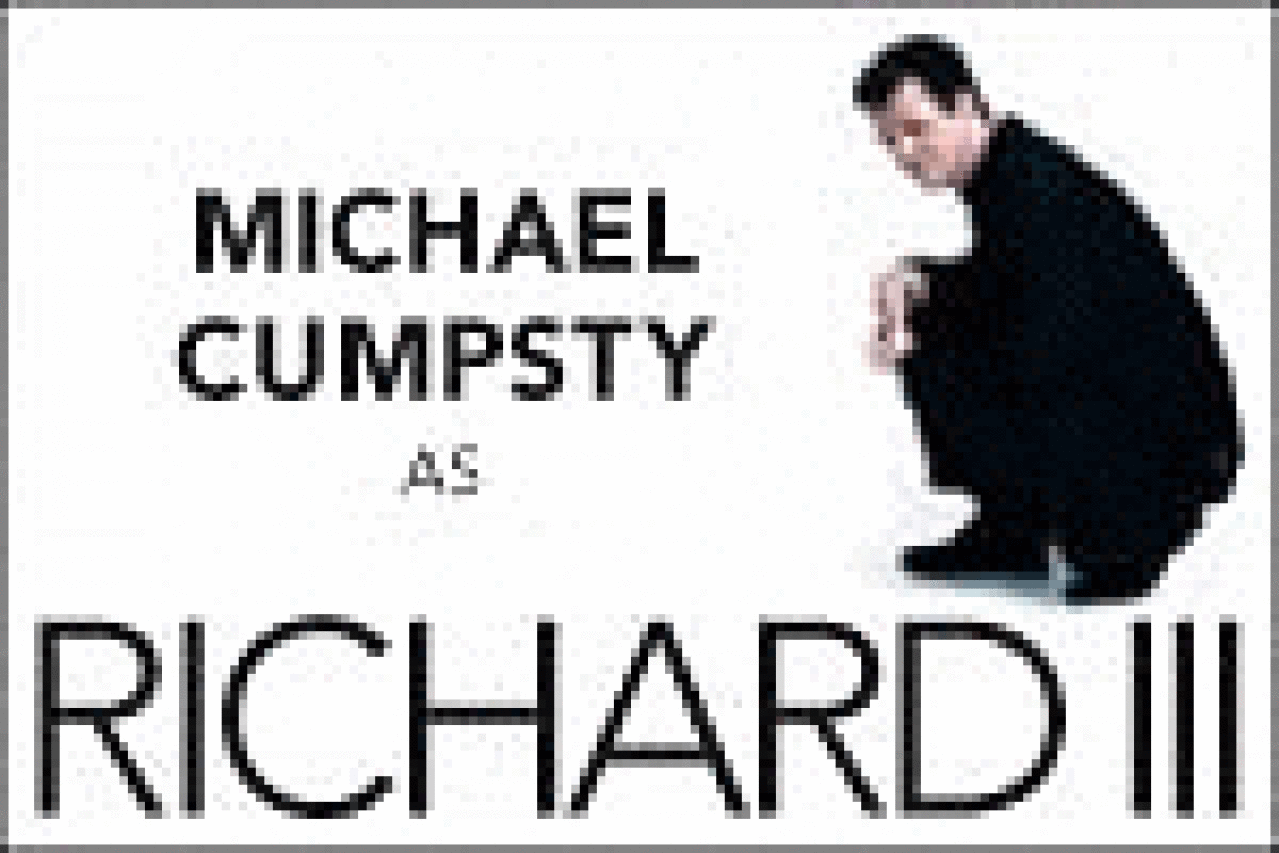Richard III

in Richard III
(© Joan Marcus)
Making his bid to be celebrated along with Kevin Kline and Liev Schreiber as one of the country’s leading Shakespearean actors, Michael Cumpsty has thrown in his lot with Brian Kulick and the Classic Stage Company. Indeed, the ambitious actor is so much a part of the team that he even shares the director credit with Kulick for Richard III, in which he’s simply terrific in the title role.
Kulick, a devoted and reliable Shakespeare interpreter, clearly takes delight in the ideas Cumpsty has brought to his previous turns as Hamlet and Richard II. While Cumpsty was slightly stentorian as the melancholy Dane and fine as the arrogantly weak-kneed, eventually deposed Richard, he outdoes himself as the scheming wannabe monarch who, finally anointed, believes he loses his kingdom for want of a horse.
Cumpsty’s outing as the slightly misshapen — but still tall and handsome — Richard is particularly effective, because he’s found an inventive way to interpret one of Shakespeare’s most compelling villains. His Richard, who begins the court bloodbath as Duke of Gloucester, is a man thrilled with his own malevolence. Laughing all the way to the throne, he gets a kick out of every little plot he lays to propel himself there. His high-wattage joy is certainly expressed when he wins Lady Anne’s hand after bumping off her spouse and then delivers the vindictively triumphant pentameter couplet, “Was ever woman in this humor wooed?/Was ever woman is this humor won?”
If there’s anything even partially amiss with Cumpsty’s creative portrayal, it comes at the end of the play when remorse over his string of crimes renders Richard weepy and obsequious — as if he were Macbeth after offing King Duncan or Claudius after snuffing the elder Hamlet. Although Shakespeare wrote the penitential lines, it would seem that the Richard III whom Cumpsty presents is too taken with his own malevolence to deliver the speeches without at least some touch of irony. Still, this Richard, who lopes around the stage throughout the first half in costume designer Oana Botez-Ban’s version of a 15th-century grey-flannel suit, is heaps of guilty fun.
There’s another piece of marvelous emoting in this Richard III. Roberta Maxwell, looking like a vengeful fireplug with grey hair flowing, storms through the action a few times as the wronged Queen Margaret. The character is often played as a woman on the verge of a nervous breakdown or smack-dab in the middle of one. But Maxwell is uncontrollably outraged at the unnatural behavior coursing around her. She shoots curses at everyone in sight as if she were a fury in a Greek tragedy, and it’s glorious to behold.
Graham Winton is solid as the doomed Duke of Clarence and the Earl of Richmond, but the remainder of the cast is merely adequate as Richard single-mindedly and methodically goes about ridding himself of so many of the characters they play. Oddly, Maria Tucci — who normally brings a combination of intelligent strength and trembling vulnerability to whatever figure she’s taking on — is so far giving little more than a hollowly affective life to Queen Elizabeth, whose two young sons are smothered.
There are, however, two other elements that make this a worthwhile go at Richard
III. The first is Mark Wendland’s set. Yes, the major furnishings are eight seemingly crystal chandeliers that are often raised and lowered by cast members and are made to seem even more numerous by the mirrored walls positioned to reflect them. What these chandeliers are meant to represent other than monarchic swank is anyone’s guess, especially during the late battle scenes. Nonetheless, the infrequently illuminated chandeliers give the production a unique look.
The second burst of inspiration comes during the scene in which Richard is offered the crown — like Julius Caesar — and turns it down with gleefully phony humility; the actors distribute little flags with the calculating man’s logo on them. When prompted to cheer in Richard’s favor, audience members eagerly wave their flags in the air. In doing so, they unconsciously confirm Shakespeare’s cynical point that crowds are easily swayed and thereby compliant in the rise to power of the corrupt.











